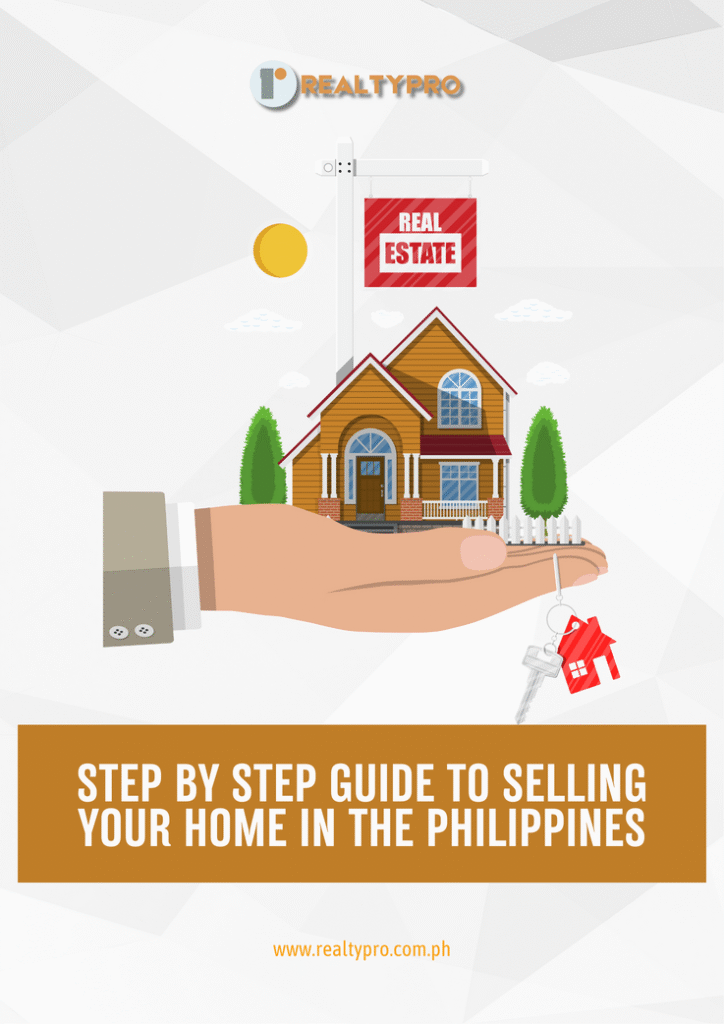Step by Step Guide to Selling Your Home in the Philippines
Selling a home is a big milestone—whether you’re moving to a new city, upgrading to a bigger space, or downsizing for a simpler lifestyle. In the Philippines, the process can sometimes feel overwhelming because of the documents, negotiations, and legalities involved. But don’t worry: with the right guidance, selling your home can be a smooth and rewarding experience. Here’s a step-by-step guide to help you through the journey.
Step 1: Assess Your Property
Before anything else, take a close look at your property. Is it ready for listing, or does it need repairs and improvements? A fresh coat of paint, fixing leaky faucets, or updating outdated lighting can make a huge difference in a buyer’s first impression. Remember, presentation matters—buyers are more likely to be attracted to a home that feels well-maintained and move-in ready.
Step 2: Determine the Right Price
Pricing your home correctly is crucial. Overpricing may discourage potential buyers, while underpricing means losing potential income. The best way to set the right price is to compare your property with similar homes in your area (commonly known as a “comparative market analysis”). You can also consult with a licensed real estate broker who knows the market trends in your neighborhood.
Step 3: Gather All Required Documents
Selling property in the Philippines involves several important documents, including:
- Transfer Certificate of Title (TCT) or Condominium Certificate of Title (CCT)
- Tax Declaration
- Real Property Tax (RPT) receipts
- Certificate Authorizing Registration (CAR) from the Bureau of Internal Revenue (to be secured after sale)
- Deed of Sale (to be prepared during the transaction)
Make sure all documents are updated and under your name. If there are any discrepancies, settle them before putting your home on the market.
Step 4: Market Your Home Effectively
Now that you’re ready to sell, it’s time to spread the word. Online listings are highly effective in today’s digital age—websites, social media, and property portals are powerful platforms to reach buyers. High-quality photos and well-written descriptions can make your property stand out. Highlight key features such as location, lot area, amenities, and accessibility to schools, malls, or transport hubs.
If you’re working with a broker or agent, they will handle much of this for you, but even on your own, creating buzz online and offline is essential.
Step 5: Negotiate with Buyers
Once inquiries start coming in, be prepared for negotiations. Buyers may ask for discounts or request additional inclusions (like furniture or appliances). It’s important to be flexible, but also know your bottom line—the minimum price you’re willing to accept. Having a trusted broker or lawyer by your side can make negotiations smoother and more professional.
Step 6: Close the Sale and Transfer Ownership
When you and the buyer agree on the terms, you’ll proceed with signing the Deed of Sale. After this, taxes and fees need to be settled, including:
- Capital Gains Tax or Creditable Withholding Tax
- Documentary Stamp Tax
- Transfer Tax
- Registration Fees
Finally, the buyer’s name will be registered as the new owner at the Registry of Deeds, completing the transfer of ownership.
Final Thoughts
Selling your home in the Philippines may feel complicated, but with preparation, organization, and the right people guiding you, it can be a rewarding process. From setting the right price to closing the deal, each step brings you closer to successfully handing over your property to its next owner.
At the end of the day, tandaan mo: selling your home is not just about paperwork, it’s about telling the story of your property and finding the right buyer who will see its value. Kaya kung balak mo na magbenta, planuhin nang maayos, gawin step by step, at siguradong magiging hassle-free ang proseso mo.
Read our latest blog about – Common Real Estate Scams in the Philippines & How to Avoid Them


